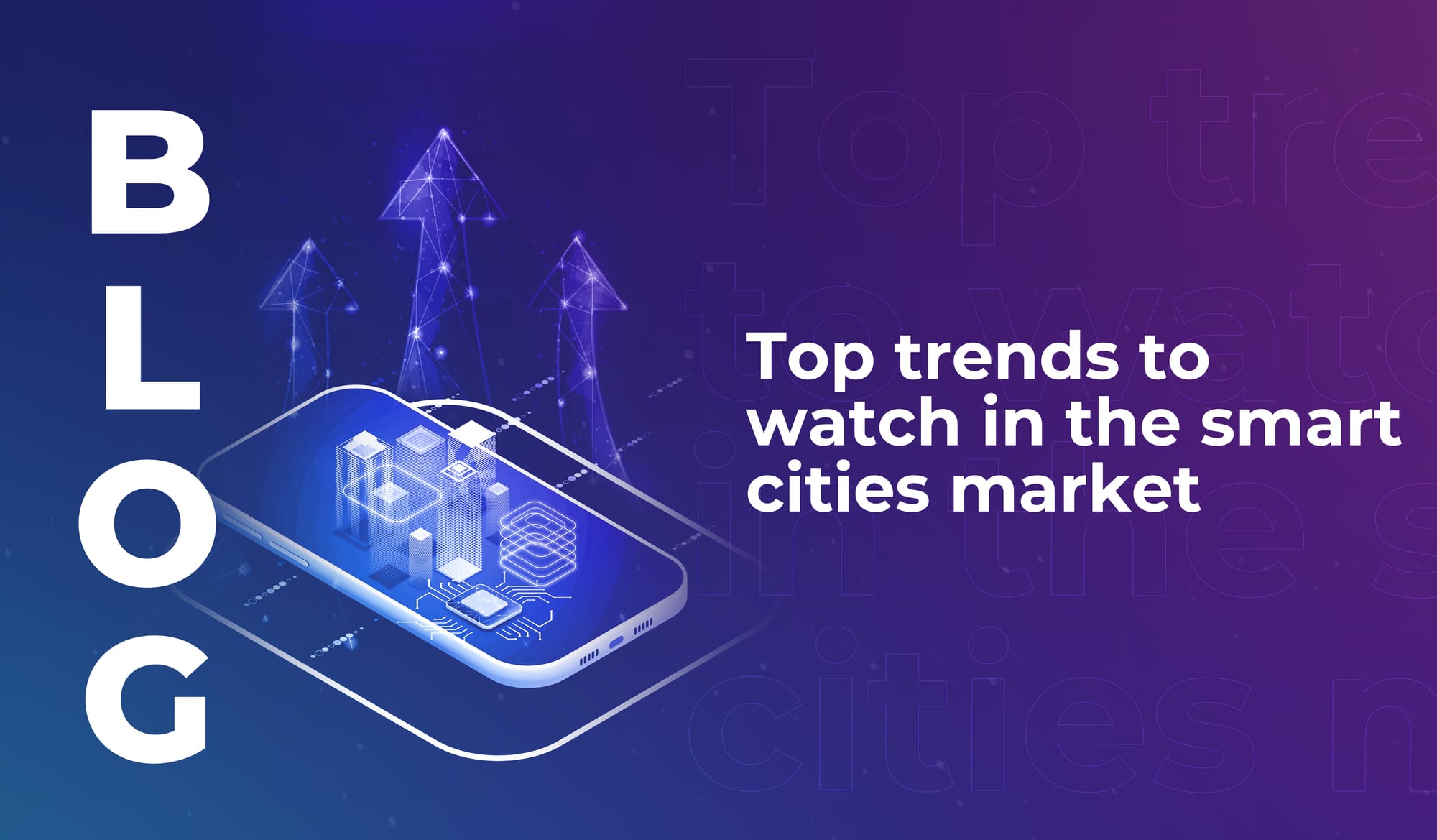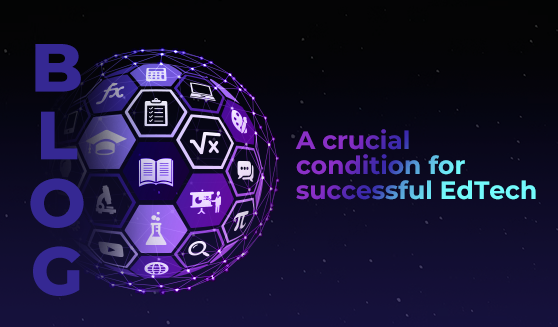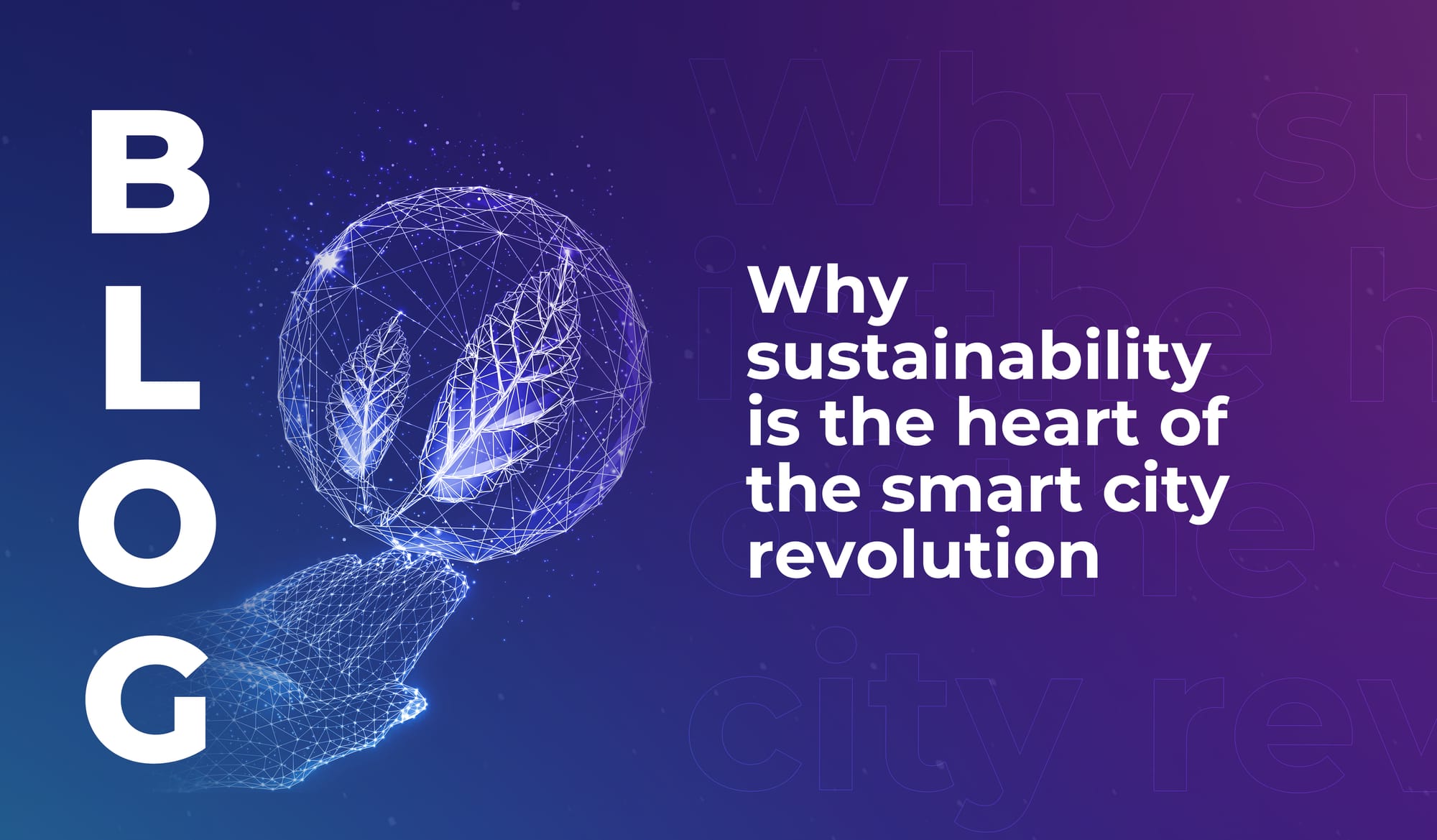
Top trends to watch in the smart cities market
Explore key smart city market trends for 2025–2030, from EV infrastructure to AI-powered waste systems – backed by the latest industry report.


In UNESCO’s 2023 Global Education Monitoring (GEM) report, researchers laid out three conditions that must be met in order for any technology in education to reach its potential and have a positive impact on students’ learning:
Here, we want to focus on the first condition: access to technology. Because we know that some of LEAP’s speakers and thought leaders are working hard to increase access for hard-to-reach student populations – and the GEM report highlights how crucial it is that innovators continue that work.
The GEM report found that:
We all know the pandemic drove rapid acceptance and adoption of digital tools across all sectors – and in education, it’s often mentioned in passing that COVID-19 restrictions created the conditions for EdTech to really come into its own. But the GEM report highlights the fact that actually, during the pandemic, nearly a third of all pupils didn’t have access to distance learning. Which makes sense when you take into account the number of households and schools around the world that don’t have internet access.
If every student in the world did have equal access to digital learning opportunities, there would still be loads of questions to ask: about whether those opportunities are truly effective; whether they’re better or worse or much the same as in-person learning experiences; and what the balance is between the positives of digital learning, and the negatives of increased screen time.
But access to tech is fundamental to improving equality in education worldwide. There will always be more questions to ask – but this is a baseline that must be addressed.
One of the people taking on the task of closing the tech gap in education is Elliott Levine (Director Worldwide Education at Qualcomm).
We asked him about the barriers to student connectivity that Qualcomm is working to overcome, and he said:
“In a time of accelerating hyperconnectivity, digital equity remains a global challenge with nearly 40% of the world’s population lacking access to the internet. We are creating a great divide amongst the world’s children – the connected and the unconnected.
“Those who remain unconnected will be at a disadvantage when it comes to education, which will have major repercussions when it comes to their professional development, healthcare, and more. If students are to learn, both at school and at home, we cannot assume that internet access, or even electricity, will be readily available.”
So Qualcomm’s technology roadmap is geared towards efficiently scaling the technologies that launched the mobile revolution – integrating high-performance, low-power connectivity with the next generation of smart devices across industries.
“Electricity, internet access, and public education should all be considered basic human rights,” Levine added.
According to the GEM report, 85% of countries worldwide have policies or legislation in place to improve school or learner connectivity, and 52% have legislation to increase school electrification.
To increase access, tech companies, product developers, and government bodies need to work closely to build a more level playing field for students around the world. And as often as possible, that means getting in the same room – to collaborate on both product development and policy-making.

Explore key smart city market trends for 2025–2030, from EV infrastructure to AI-powered waste systems – backed by the latest industry report.

Learn how generative AI is unlocking the true potential of digital twins – to make smart cities more efficient, inclusive, and citizen-focused.

The smart cities of the future will use tech to lower emissions, cut urban temperatures, and improve quality of life in highly populated areas.

Explore key smart city market trends for 2025–2030, from EV infrastructure to AI-powered waste systems – backed by the latest industry report.

Learn how generative AI is unlocking the true potential of digital twins – to make smart cities more efficient, inclusive, and citizen-focused.

The smart cities of the future will use tech to lower emissions, cut urban temperatures, and improve quality of life in highly populated areas.